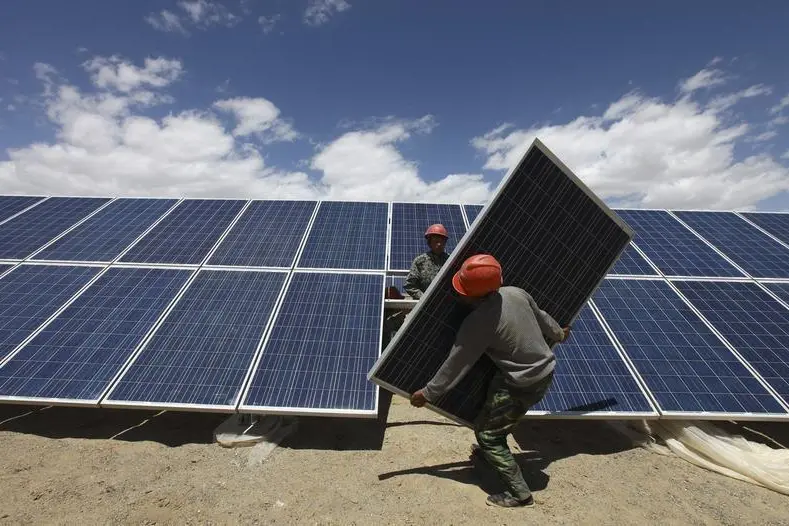
Foreign Direct Investment in Brazil: Mining at the Center of a New Capital Cycle
.png)
Morocco Secures US Backing for $800M High Purity Polysilicon Plant: A Strategic Move to Reshape Global Supply Chains

We are collaborating, together with a national consultant (I act as the international consultant), on preparing the project memorandum for the implementation of new business models in the country related to the circular economy and decarbonisation. Currently, as I mentioned, we are in an initial drafting stage of what is called the PIF, which will be submitted to various international funding bodies with the aim of executing the project in the coming years. The initial idea is to work across three areas — biomaterials, waste, and bioenergy — developing new value chains in key sectors such as tourism and industry, so that the country can move toward a more sustainable and low-emission energy mix.
Cuba is a country with a high biomass potential, coming from agricultural, livestock, forestry, and agro-industrial sectors, which must be properly recovered and utilised in an organised and planned way to generate renewable energy that contributes to diversifying the national energy matrix — and, above all, to reducing the import of fossil sources. This will make the country not only more sustainable, but also more independent and secure.
To achieve this, it is essential to develop initiatives such as this one from UNIDO, which bring together universities and research centres with private, public, and state-owned companies, allowing for the take-off and scaling of technologies so they can reach all involved sectors. A clear example is the sugar mills, which have used bagasse to generate their own thermal — and in some cases, electrical — energy, under truly circular models.
The role of the emerging Cuban private sector is essential, since all initiatives developed within the framework of the project must be implemented by private companies. However, we are also working with state-owned and joint-venture enterprises, as well as university start-ups — particularly from public universities such as CUJAE. The involvement of the public sector is also very important for all aspects related to training, regulation, and support.
On the one hand, South America has enormous biomass potential and both the public and private sectors show great interest in developing it properly, so that the progressive contribution of bioenergy remains sustainable over time and generates employment and wealth in the territories where it is produced — mainly in rural areas.
On the other hand, the talent of human resources and the strong eagerness to learn from experiences and solutions developed elsewhere, such as in Europe, are noteworthy. I would like to emphasise how important education and awareness are in all energy fields, but especially in this one, given the widespread lack of knowledge at all levels about the technologies that can transform biomass into biomaterials, bioenergy, and other high-value products such as biomethane, biohydrogen, or biochar, among others.
Latin America is an excellent market for Bioliza, for all the reasons I have just mentioned. Taking advantage of European experience in regulatory, technological, and training aspects is key to promoting the development of biomass and bioenergy in many Latin American countries, which possess enormous biomass potential and are committed to more sustainable energy models based on low-carbon technologies.
We have worked in Chile, Guatemala, the Dominican Republic, Bolivia, and Colombia, and the experience has been very positive. We hope to continue strengthening ties and relationships with public institutions and companies, supporting them in their energy transition by sharing our experience and helping to avoid the mistakes that have already been made.

.png)
